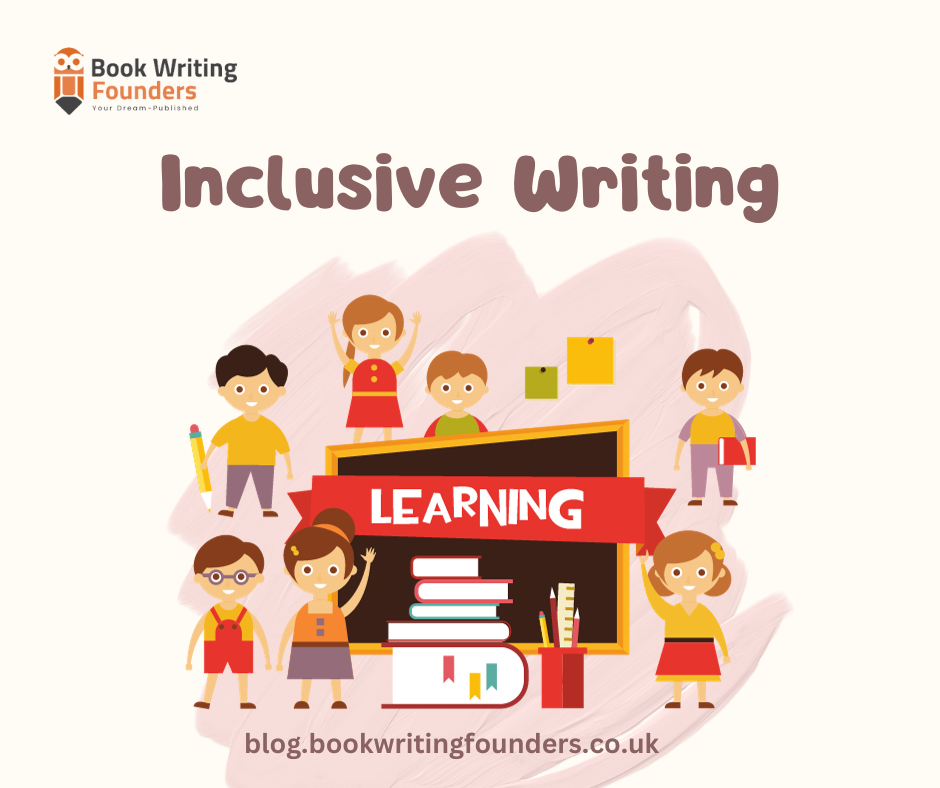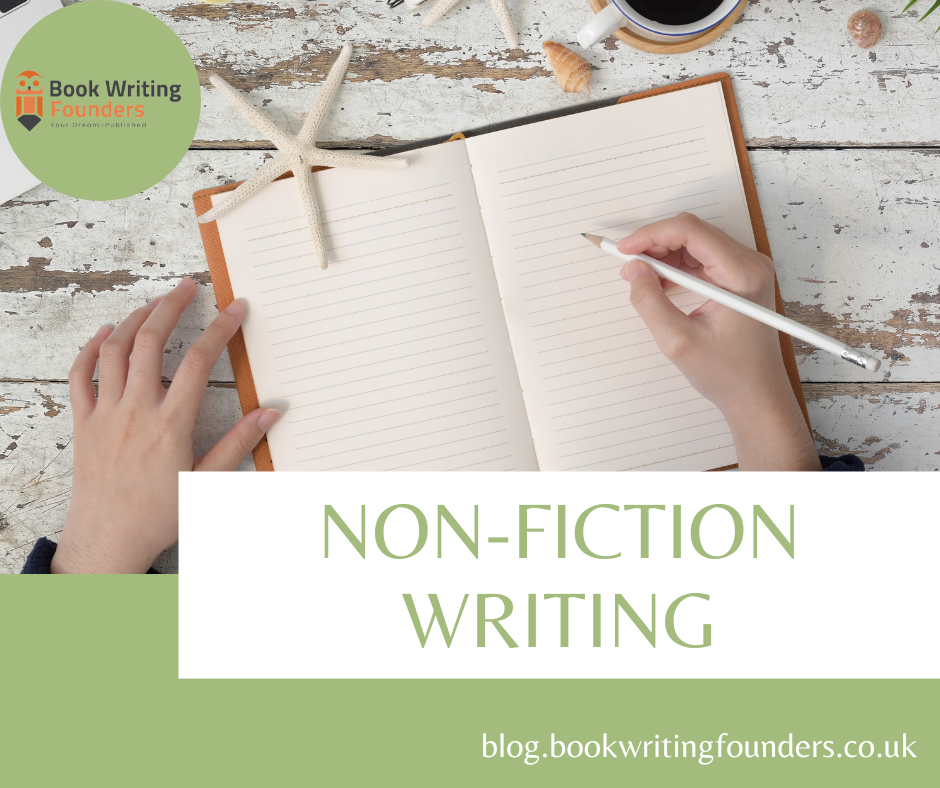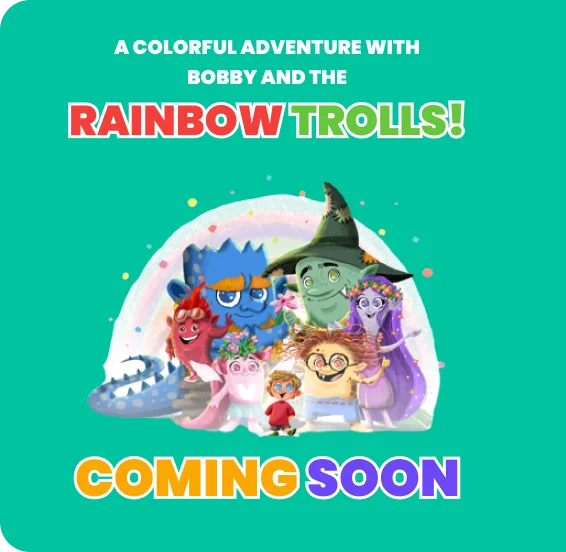
Writing
Inclusive writing stands out as a beacon of progress in the ever-evolving world of literature. It’s more than just a trend; it’s a movement towards creating stories that resonate with everyone, regardless of background.
As readers and writers, it’s important to understand what this means and how it impacts the stories we consume and create.
This article will explore the essence of this writing and its significance in modern literature.
Why Inclusive writing
Inclusive writing isn’t a passing trend. Truly, it’s a mirror of the diverse world we inhabit. Think of picking up a book and unexpectedly discovering traces of your narrative woven within. That immediate bond, that profound sensation of recognition, is deeply impactful. Here’s why this style of writing holds such weight.
-
Representation
Everyone deserves to see themselves in literature in our diverse society. Inclusive writing broadens horizons, from stories about unique cultures to tales touching on lesser-discussed experiences.
-
Building bridges
It’s a tool to foster understanding. By reading about different lives and perspectives, readers can develop empathy. It’s like opening a window into another person’s world.
-
Fresh voices
New perspectives breed original stories. Inclusive writing brings fresh, authentic voices into the literary arena, ensuring that storytelling remains dynamic and vibrant.
The Ups and Downs
So, what’s the big deal with inclusive writing?
Well, like anything worth doing, it has its highs and lows.
Let’s start simple: including everyone in stories is a good thing. It’s like inviting everyone to a big, fun party. No one feels left out.
But here’s the tricky part: You can’t just toss in different characters to make the story “diverse.” That’s like inviting someone to a party and then ignoring them. It doesn’t feel good.
Also, getting things right is essential when writing about different cultures or backgrounds. Imagine telling a story about a friend and getting all the details wrong. They’d be upset. The same goes for writing.
One more thing: Every person is unique. So, two people from the same place can have different stories. It’s important to remember this so everyone gets a fair shot at telling their story.
Steps to Mastering
You’re excited about inclusive writing and want to try it. Great! But how do you make sure you’re doing it right?
Here’s a simple guide to help
Do Your Homework
Learn about a culture or background different from yours before writing about it. Think of it as preparing for an important exam. The more you study, the better you’ll do.
Talk to People
Reading is great, but nothing beats talking directly to someone from the background you’re writing about. It’s like getting a behind-the-scenes tour, giving you insights books might miss.
Avoid Generalizations
Remember, no two people have the same story, even from the same place or culture. It’s essential to treat each character as an individual. Think of your friends.
They’re all different, right?
Get Feedback
Before publishing your work, show it to someone familiar with the culture or background you’ve written about. This is like having a buddy check your work before handing it in.
Keep Learning
The world and people’s experiences constantly change. Stay curious and keep updating your knowledge. It’s a journey, not a one-time thing.
Sensitivity Readers
First off, what’s a sensitivity reader?
Think of them as friendly experts who read your story to spot any missteps or inaccuracies related to cultures or backgrounds. They’re a bit like your book’s safety net.
Why are they so important?
Imagine baking a cake for the first time. You might follow the recipe, but there’s always a chance you might miss something. A friend who’s a baking pro can taste-test and let you know if you’re on the right track. That’s what sensitivity readers do but for your story.
How do they help?
They ensure that the representation in your story feels genuine. If there’s a part that doesn’t quite fit or might upset someone, they’ll flag it. It’s their way of helping writers avoid pitfalls.
Remember, inclusive writing is about respect. Working with Book Writing Founders UK shows you genuinely care about getting the details right. It’s a step that adds depth, authenticity, and care to your work.
How to Ensure Your Writing Is Truly Inclusive
- Listen
It’s always good to start by listening. If you’re writing about a group you’re not part of, hear their stories. It’s the foundation of understanding.
- Be Genuine
Be honest when adding characters from different backgrounds. Don’t just include them for the sake of it. It’s like inviting someone to a party because you genuinely want them there, not just to make up numbers.
- Seek Help
Sensitivity readers are excellent helpers. Think of them as friends who give advice, ensuring you don’t trip up.
- Stay Open
Don’t get defensive if someone points out a mistake. It’s a chance to learn and grow. Remember, everyone makes mistakes!
- Keep Evolving
Cultures and people change. Keep up with those changes. It’s like updating your phone. It keeps things running smoothly.
Why All This Effort?
So, you might wonder, why all the fuss about inclusive writing?
- Unity in Stories
We all love stories. They unite, make us laugh, cry, and feel connected. By making our stories more inclusive, we’re saying, “Hey, everyone’s welcome here.”
- Understanding Each Other
Reading about different people helps us get them. It’s a bit like visiting a friend’s house. You learn more about them. That’s what inclusive writing does but on a bigger scale.
- Avoiding Oops Moments
We’ve all had moments where we’ve said or done wrong. We can reduce these slip-ups in our stories by doing our homework and being mindful.
- Feeling Good
Being inclusive feels right. It’s like holding the door open for someone or sharing a smile. It’s a small gesture that means a lot.
Conclusion
In the industry of storytelling, inclusive writing shines as a beacon. It’s not just about adding diverse characters for the sake of it. It’s about weaving words that reflect our beautiful, complex world.
Using this approach, we don’t just tell stories; we build bridges, foster understanding, and create a space where readers can see a bit of themselves. So, as we turn the pages or pen down words, let’s remember the power of inclusion and the magic it brings to literature.





